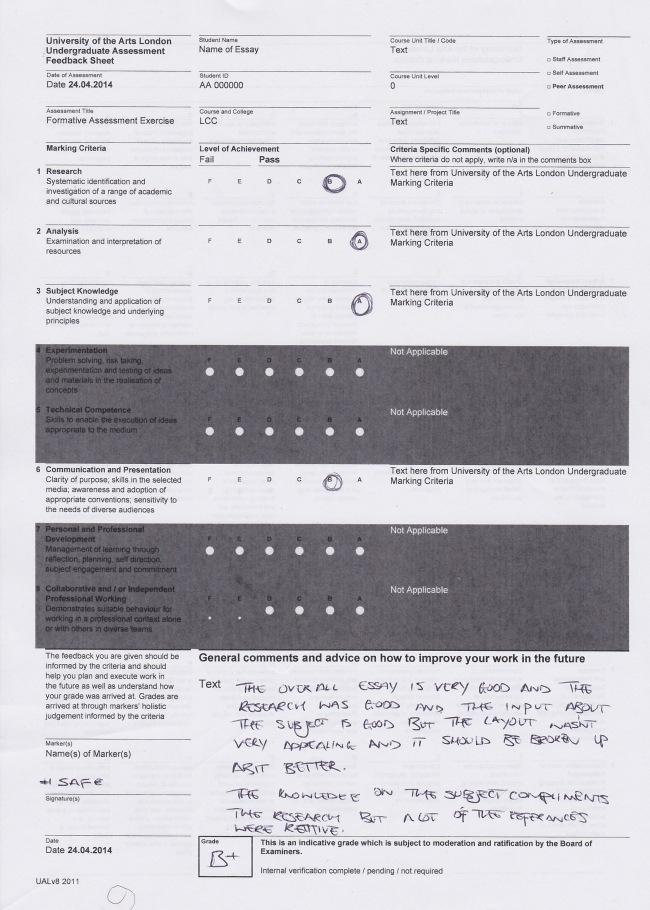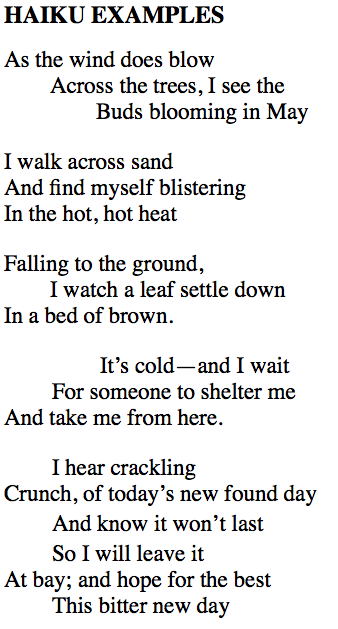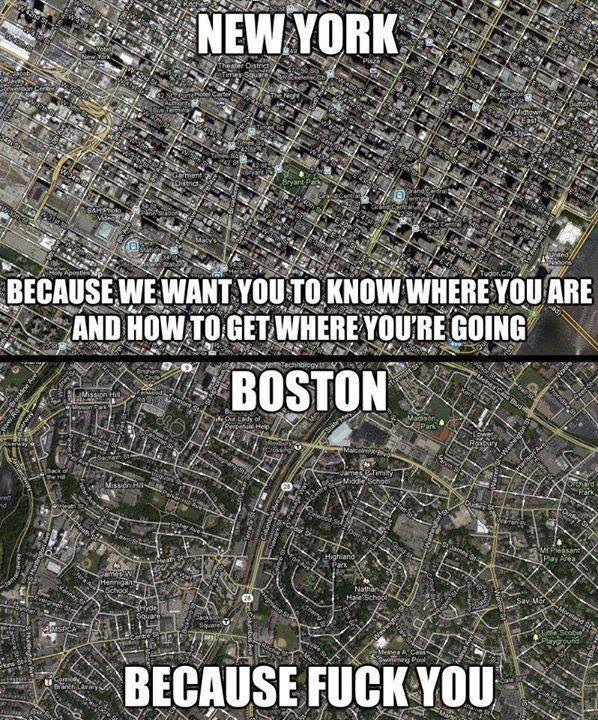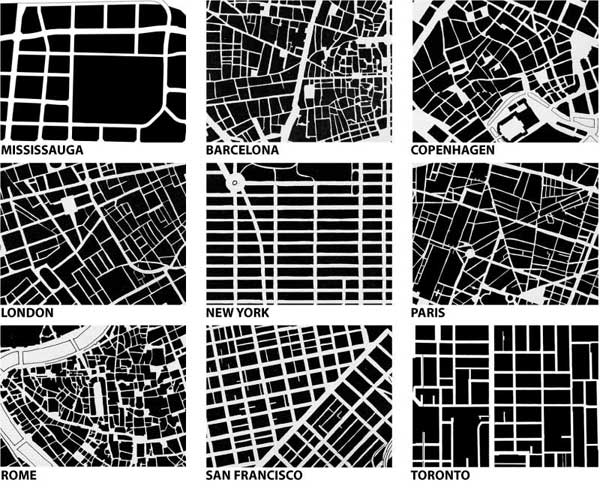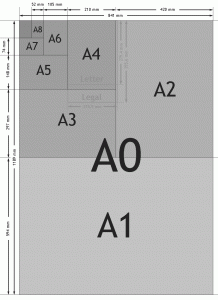This lecture was from Mark Ingham and was about our second year choices for my course. He broke down some of the options that are available and the content of them. I’m required to choose two options that are based around Art and design. Whilst running through all 32 of the options I made notes about some of the choices that sounded most interesting and that will help me to improve my knowledge on some fields that I am looking to learn more about. I made a list of the ones that interested me most with a minor breakdown on what it is about but some of the names are listed for me to look deeper into that specific choice. Information below:
Film studies – Explore films and development of old style and new Hollywood films also looks into independent, budgeted and high quality films
Zeros ones and inky books – Which is about the digital world and how things are put together such as eBooks, blogs, apps etc. and also about publication
Re-writing Re-Design – Which is mainly about how to improve on your writing skills in general
FBI – This course relates fashion body and identity which is also based on peoples own unique style and identity to other people
Music Cultures – Focuses on relations that music has with different mediums like design, taste, dance and other visuals
Dance –
Info head –
Experienced centered design –
Design in a complex world – What technology is doing for how we want to live and where it is going. How you can make a better place through design
Introduction to photography – Series of lectures, which will be based around how photography has started, and what started it
urban encounters – Concerned with design in the city and how urban context is applied through design and used in real spaces however how it is valued
Green persuasion – Finding out about why green is so important and how it is shown into perspective however you must look at what green actually is
Living spaces – Looking at spaces where I am living = Schools, houses, estates and simply look at what’s happening in the area
The choices above are the ones that stood out most for me but I already had my mind set on my top 3. They were:
– Fashion Body Identity (First choice)
– Designing For A Complex World (Second choice)
– Green Persuasion (Reserve choice option)
I went with these 3 as I like the path that some of these subjects are going in todays world. I wanted to enhance my knowledge on a lot of the ground that these choices cover and with the reserve option being what I chose, I feel that I can design something that may be used at a later date and give me the opportunity to work with other designers to produce work in the future as well.
After picking our options, we discussed with our peers which one we wanted to do most and why which was followed by explaining our most interesting picks to Mark to get some feedback. We haven’t been told who is going to be the tutor of what class but we still have the option to re-visit old lecturers to get help and feedback for our assignments.
